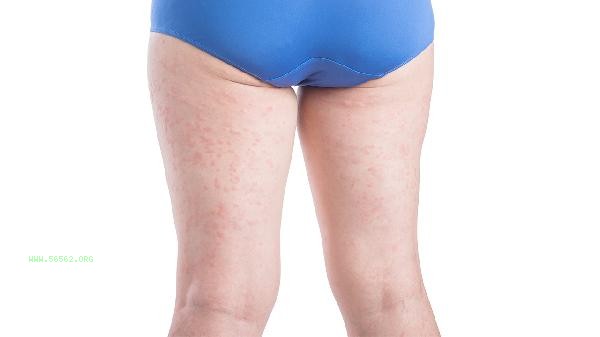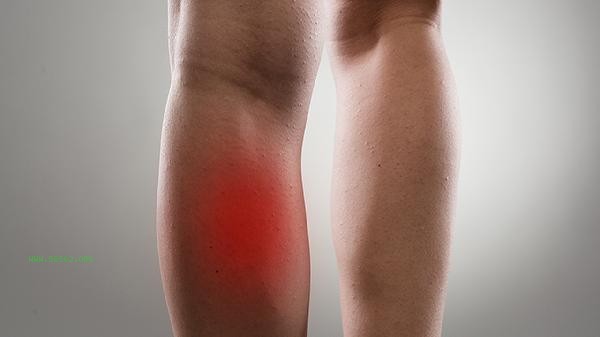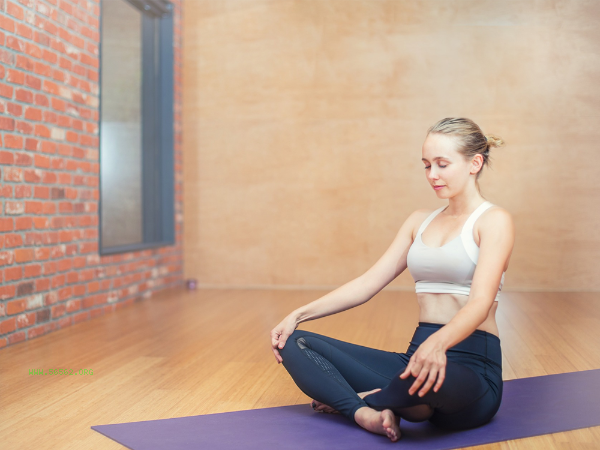Muscle pain on the inner thigh may be caused by muscle strains, excessive exercise, hip joint disease, nerve compression, vascular problems, and other reasons.

1. Muscle Strain
Intense exercise or sudden exertion may cause tearing or excessive stretching of the adductor muscle group, manifested as local swelling and restricted movement. Commonly seen in sports such as football and dance that require significant lower limb movements. During the acute phase, activity should be stopped and ice should be applied, while during the recovery phase, low-intensity stretching can be performed.
2. Over exercise
Long term repetitive movements such as cycling or running can cause muscle fatigue damage, and lactic acid accumulation can lead to soreness. This type of pain often appears symmetrically on both sides and can be relieved after sufficient rest. Warming up and relaxing before and after exercise can effectively prevent it.
3. Hip joint lesions
Hip arthritis or femoral head necrosis may radiate to the inner thigh, accompanied by joint stiffness and morning pain. X-ray or MRI can provide a clear diagnosis, and early relief can be achieved by injecting sodium hyaluronate into the joint cavity. In the late stage, artificial joint replacement should be considered.

4. Neural compression
Lumbar disc herniation or occlusion of the obturator nerve can cause nerve radiating pain, characterized by a tingling sensation distributed along the nerve path. EMG examination can locate lesions, mild cases can be treated with traction, and severe compression requires surgical relief.
5. Vascular problems
When lower limb arteriosclerosis or venous thrombosis occurs, ischemia or congestion may cause muscle soreness, often accompanied by changes in skin temperature. Vascular ultrasound can provide a clear diagnosis, and blood pressure and lipids need to be controlled. If necessary, vascular intervention therapy can be performed.

It is recommended to avoid sudden increases in exercise intensity and wear professional protective gear to protect muscles during exercise. Daily intake of dark vegetables and deep-sea fish can be increased, and magnesium supplementation can alleviate muscle spasms. If the pain lasts for more than three days or is accompanied by redness, swelling, and fever, seek medical attention promptly. It is forbidden to take painkillers on your own to cover up the symptoms. Low impact sports such as swimming and yoga can help enhance muscle flexibility. Relaxing with foam shaft after exercise can promote blood circulation.








Comments (0)
Leave a Comment
No comments yet
Be the first to share your thoughts!